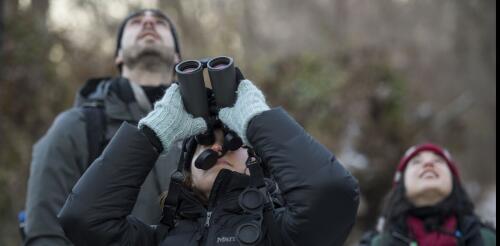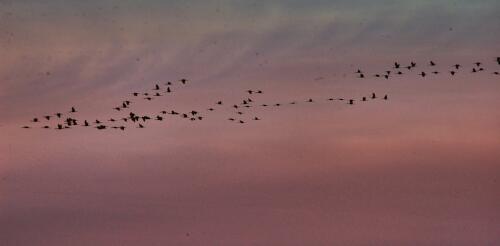Ornithology
This winter, tens of thousands of birders will survey winter bird populations for the National Audubon Society’s Christmas Bird Count, part of an international bird census, powered by volunteers, that has taken place every year since 1900. For many birders, participating in the count is a much-anticipated annual tradition. Tallying birds and compiling results with others connects birders to local, regional and even national birding communities. Comparing this year’s results with previous tallies links birders to past generations. And scientists use the data to assess whether bird populations are thriving or declining. But a change is coming. On Nov. 1, 2023, the American Ornithological Society announced that it will rename 152 bird species that have names honoring historical figures. A Townsend’s Solitaire, one of the species to be renamed. Jared Del Rosso, CC BY-ND Soon, Christma...
With chatbots like ChatGPT making a splash, machine learning is playing an increasingly prominent role in our lives. For many of us, it’s been a mixed bag. We rejoice when our Spotify For You playlist finds us a new jam, but groan as we scroll through a slew of targeted ads on our Instagram feeds. Machine learning is also changing many fields that may seem surprising. One example is my discipline, ornithology – the study of birds. It isn’t just solving some of the biggest challenges associated with studying bird migration; more broadly, machine learning is expanding the ways in which people engage with birds. As spring migration picks up, here’s a look at how machine learning is influencing ways to research birds and, ultimately, to protect them. The challenge of conserving migratory birds Most birds in the Western Hemisphere migrate twice a year, flying over entire continents between their breeding and nonbreeding grounds. While these journeys are awe-i...

